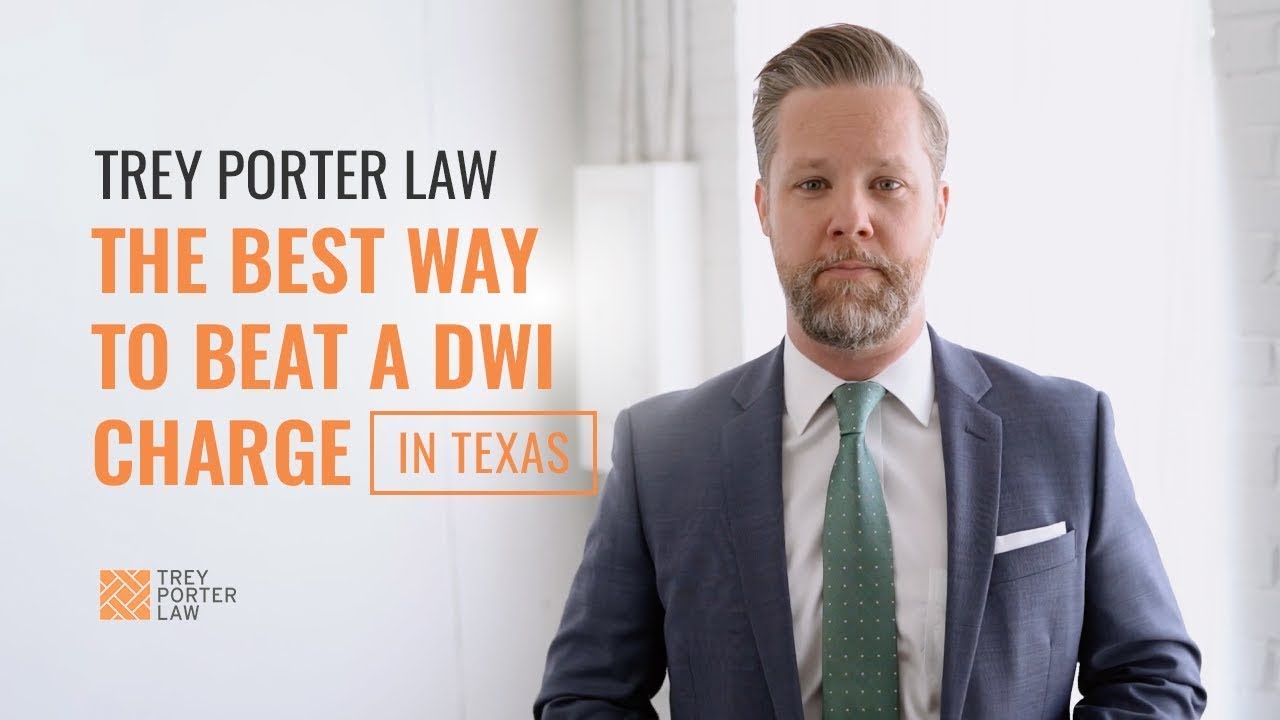How to Sue for a Car Accident
Suffering injuries in a car accident can be a life-changing event. The physical, emotional, and financial toll can be overwhelming. If you’ve been injured in a car accident, you may be wondering what your legal options are. Suing the at-fault driver is one option that can help you recover compensation for your losses.
Filing a Lawsuit
The first step in filing a lawsuit is to gather evidence. This includes obtaining a copy of the police report, collecting medical records, and getting witness statements.
Gather Evidence
The police report is a crucial piece of evidence. It will contain important information about the accident, such as the date, time, location, and the names of the drivers involved. You can usually obtain a copy of the police report from the police department.
Medical records will document your injuries and the treatment you received. Be sure to obtain copies of all medical records, including hospital records, doctor’s notes, and bills.
Witness statements can provide valuable information about the accident. If there were any witnesses to the accident, be sure to get their contact information and statements.
Once you have gathered all of the necessary evidence, you can begin the process of filing a lawsuit. You will need to file a complaint with the court, which will state the facts of the case and the damages you are seeking. The complaint will be served on the defendant, who will then have a chance to file an answer.
The legal process can be complex and time-consuming. It is important to speak with an attorney to discuss your options and to ensure that your rights are protected.
How to Sue for a Car Accident
Getting into a car accident can be a traumatic experience. If you’ve been injured in a car accident, you may be wondering what your legal options are. Suing the at-fault driver is one option, but it’s important to understand the process before you get started.
Here’s a step-by-step guide on how to sue for a car accident:
Choosing the Right Attorney
If you’re considering suing for a car accident, the first step is to find an experienced personal injury lawyer. A good lawyer will be able to help you navigate the legal process and maximize your chances of getting a fair settlement.
When choosing an attorney, it’s important to do your research. Ask for recommendations from friends or family members who have been in similar situations. You can also search online for lawyers in your area who specialize in car accident cases.
Gathering Evidence
Once you’ve hired an attorney, they will begin gathering evidence to support your case. This may include:
- The police report
- Medical records
- Witness statements
- Photographs of the accident scene
- Any other evidence that can help prove your case
The more evidence you have, the stronger your case will be.
Filing a Lawsuit
Once your attorney has gathered enough evidence, they will file a lawsuit on your behalf. The lawsuit will outline your injuries, damages, and the legal basis for your claim.
The defendant (the at-fault driver) will then have the opportunity to file an answer to the lawsuit. The answer will admit or deny the allegations in the lawsuit and may include counterclaims.
Discovery
After the lawsuit has been filed, both sides will enter a period of discovery. During discovery, the parties will exchange information and documents related to the case. This may include:
- Interrogatories (written questions that must be answered under oath)
- Requests for production of documents
- Depositions (oral examinations under oath)
Tips for Negotiating a Settlement
Most car accident cases settle before going to trial. If you’re offered a settlement, it’s important to carefully consider the offer before accepting it.
Here are some tips for negotiating a settlement:
- Don’t accept the first offer. The insurance company will likely make a lowball offer in the hopes that you’ll accept it without thinking it over.
- Get a fair settlement. You deserve to be compensated for all of your injuries and damages. Don’t settle for less than you’re entitled to.
- Don’t sign anything until you’ve had a chance to review it with your attorney.
How to Sue for a Car Accident
If you’ve been injured in a car accident, you may be wondering what your legal options are. One option is to file a lawsuit against the driver who caused the accident. This can be a complex and time-consuming process, but it can also be necessary to recover compensation for your injuries and other losses.
The first step in filing a lawsuit is to file a complaint. This document outlines the facts of the accident, the injuries you sustained, and the damages you are seeking. The complaint should be filed in the court that has jurisdiction over the accident. Once the complaint has been filed, the other driver will have a chance to respond.
Filing the Complaint
The complaint is one of the most important documents in a personal injury lawsuit. It sets out the legal basis for your claim and provides the other side with notice of the specific injuries and damages you are seeking.
The complaint should be drafted by an attorney who is experienced in personal injury law. The attorney will work with you to gather all of the necessary information and evidence to support your claim, and draft a complaint that is clear, concise, and persuasive.
The complaint typically includes the following information:
- A statement of the court’s jurisdiction
- A statement of the facts of the accident
- A statement of the injuries sustained
- A statement of the damages sought
- A demand for relief
Once the complaint has been filed, the other side will have a chance to respond. They may file an answer, which is a document that admits or denies the allegations in the complaint. They may also file a motion to dismiss the complaint, which is a request to the court to throw out the case.
Filing a lawsuit can be a daunting task, but it is an important step in seeking compensation for your injuries. If you have been injured in a car accident, you should contact an attorney to discuss your legal options.
How to Sue for a Car Accident
Have you been involved in a car accident and are wondering how to sue for damages? The legal process can be complex and overwhelming, but it’s important to understand your rights and options. Here’s a step-by-step guide on how to sue for a car accident:
Discovery
Once a lawsuit is filed, both parties will begin exchanging information and documents related to the case. This process is called discovery and it can take several months. During discovery, each party will request documents and information from the other party, such as medical records, witness statements, and expert reports. This information will help each party prepare for trial and determine the strengths and weaknesses of their case.
Discovery can be a long and arduous process, but it’s an important step in the legal process. The information gathered during discovery can help you build a strong case and increase your chances of success at trial.
Here are some tips for navigating discovery:
- Be prepared to provide complete and accurate information to the other party.
- Don’t withhold any information that could be helpful to your case.
- Respond to all discovery requests in a timely manner.
- Keep a record of all the information you provide to the other party.
- Don’t be afraid to ask for help from your attorney if you have any questions about discovery.
- Gather Evidence: Document your injuries, property damage, and any other relevant expenses to support your claims.
- Be Realistic: While it’s essential to advocate for fair compensation, being realistic about your expectations can facilitate a mutually acceptable outcome.
- Communicate Effectively: Clearly articulate your needs and the basis for your demands. Open and honest communication can bridge the gap between parties.
- Consider Mediation: If direct negotiations prove challenging, consider involving a neutral third party, such as a mediator, to facilitate discussions and help reach a compromise.
- Know Your Rights: Educate yourself about the legal principles governing car accident claims to strengthen your negotiating position and protect your interests.
- The police report
- Medical records
- Witness statements
- Photographs of the accident scene
- Evidence of lost wages
- Hire an experienced personal injury attorney.
- Be prepared to provide documentation to support your claim.
- Be patient, as the process can take time.
- Don’t give up if you don’t get a settlement offer that you’re happy with.
How to Sue for a Car Accident
The aftermath of a car accident often involves physical, emotional, and financial challenges. If you’re thinking about suing due to a car accident, it’s crucial to be informed about the legal process. This comprehensive guide will walk you through the steps to help you navigate the legal waters and seek compensation for your damages.
Negotiation
Before delving into the courtroom, the involved parties may explore settlement negotiations. This process involves both parties coming to an agreement outside of court to resolve the dispute. Engaging in negotiations can be an advantageous approach, as it potentially saves both time and money. However, it’s important to thoroughly consider the proposed settlement and ensure that it fairly addresses your damages and losses. Consulting an experienced attorney can provide invaluable guidance during this phase.
Tips for Successful Negotiations
How to Sue for a Car Accident
Car accidents are a common occurrence, and unfortunately, they can often lead to serious injuries. If you’ve been injured in a car accident, you may be wondering what your options are for seeking compensation. One option is to file a personal injury lawsuit against the at-fault driver. Here’s how to get started:
Gather Evidence
The first step in suing for a car accident is to gather evidence to support your claim. This may include things like:
Filing a Complaint
Once you have gathered your evidence, you can file a complaint with the court. The complaint will outline your claims against the defendant and the damages you are seeking.
Discovery
After the complaint has been filed, the discovery process begins. This is where both parties exchange information and evidence. Discovery can include things like interrogatories, depositions, and requests for production of documents.
Settlement Negotiations
In many cases, the parties will reach a settlement agreement before the case goes to trial. A settlement is a legally binding agreement that resolves the dispute and avoids the need for a trial.
Trial
If a settlement cannot be reached, the case will go to trial. A jury will be selected to hear the evidence and decide on the liability and damages. If you win, the defendant will be ordered to pay you damages for your injuries. Damages can include things like medical expenses, lost wages, and pain and suffering.
Additional Tips
Here are a few additional tips for suing for a car accident:
How to Sue for a Car Accident
Getting into a car accident is unfortunately a common occurrence. If you’ve been involved in an accident, you may be wondering what your options are for seeking compensation for your injuries and damages. One option is to file a lawsuit. While this can be a daunting process, it’s important to know your rights and options. Here’s a guide to help you understand how to sue for a car accident and get the compensation you deserve.
Gathering Evidence
The first step in suing for a car accident is to gather evidence. This includes collecting any documentation related to the accident, such as police reports, witness statements, medical records, and vehicle repair bills. It’s also helpful to take photos of the damage to your vehicle and any injuries you have sustained.
Filing a Lawsuit
Once you have gathered your evidence, you will need to file a lawsuit. This is a legal document that outlines your claims against the other driver and the damages you are seeking. You must file your lawsuit within a certain period of time after the accident, known as the statute of limitations. The statute of limitations varies from state to state, so it’s important to check the laws in your jurisdiction.
Discovery
After you file your lawsuit, the discovery process will begin. This is a period of time where both parties can request documents and information from each other. This can include medical records, witness statements, and insurance policies. Discovery can be a lengthy process, but it is an important part of building your case.
Settlement Negotiations
In many cases, lawsuits are settled before they go to trial. A settlement is an agreement between the parties that resolves the case without a trial. Settlement negotiations can be complex, but if successful, they can save both parties time and money.
Trial
If settlement negotiations are unsuccessful, your case may go to trial. At trial, both parties will present their evidence and arguments to a judge or jury. The judge or jury will then decide whether the defendant is liable for your injuries and damages. If so, they will award you a judgment.
Judgment
If the plaintiff wins, the court will issue a judgment awarding damages. These damages can include compensation for medical expenses, lost wages, pain and suffering, and other expenses related to the accident. The amount of damages awarded will depend on the severity of your injuries and the extent of your losses.
After the judgment is issued, the defendant will be responsible for paying the damages to the plaintiff. If the defendant does not pay the judgment, the plaintiff may take further legal action to enforce the judgment.
How to Sue for a Car Accident
Car accidents can be traumatic, causing physical, emotional, and financial distress. If you’ve been injured in an auto accident, you may wonder what steps to take to seek compensation. One option is to file a lawsuit. Here’s a comprehensive guide to help you understand the process of suing for a car accident:
1. Gather Evidence
Documentation is crucial. Collect any evidence related to the accident, including police reports, medical records, witness statements, and photos of the scene and your injuries.
2. Determine Negligence
To sue successfully, you must prove the other party was negligent. This means showing they breached a duty of care to you and that their actions caused the accident.
3. Calculate Damages
Assess the extent of your damages, including medical expenses, lost wages, pain and suffering, and property damage. Quantifying your losses will help determine the amount you seek in damages.
4. File a Complaint
Prepare and file a formal complaint with the court, detailing your claims against the defendant. This document should include the facts of the case, your damages, and the legal basis for your lawsuit.
5. Serve the Defendant
Once the complaint is filed, it must be "served" on the defendant, officially notifying them of the lawsuit. This is typically done by a process server.
6. Discovery
Both parties engage in discovery, exchanging relevant documents and information. This process helps build their cases and narrow down the issues.
Appeals
Either party may appeal the judgment if they disagree with the outcome. An appeal asks a higher court to review the lower court’s decision and determine if it contains any reversible errors. The appellate court will consider the evidence and arguments presented by both sides and issue a ruling.
If the appeal is successful, the lower court’s judgment may be overturned, modified, or remanded for further proceedings. The appellate court’s decision is final unless a party files a further appeal to a higher court, such as a state supreme court or the U.S. Supreme Court.
7. Trial
If a settlement cannot be reached, the case will proceed to trial. A judge or jury will hear the evidence and arguments from both sides and make a determination on liability and damages.
8. Settlement
Most car accident lawsuits settle before trial. Settlements involve negotiating and reaching a mutually acceptable agreement between the parties. This process can be complex and may require the assistance of an attorney.





Leave a Reply